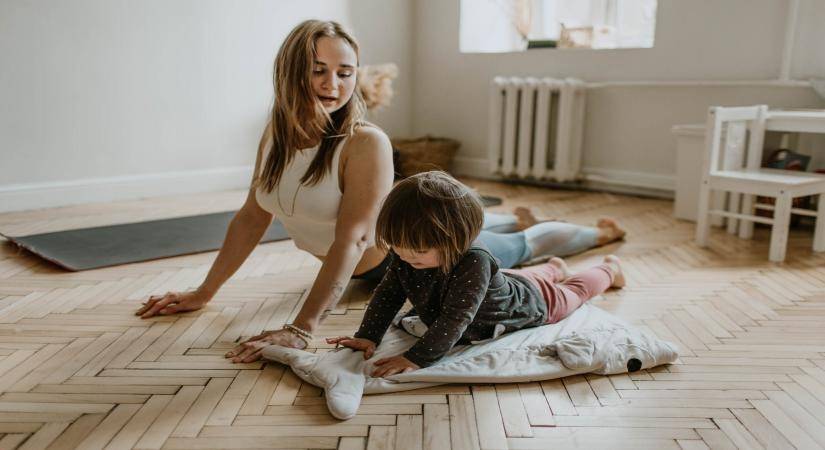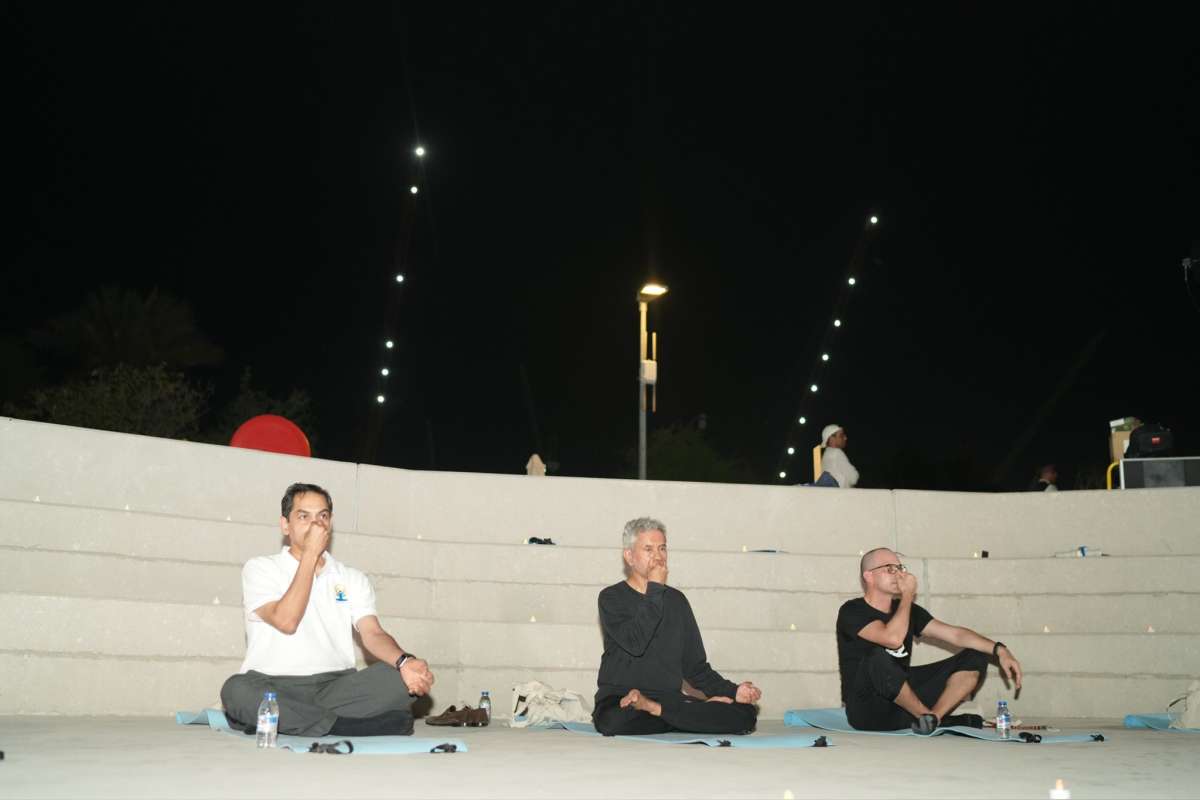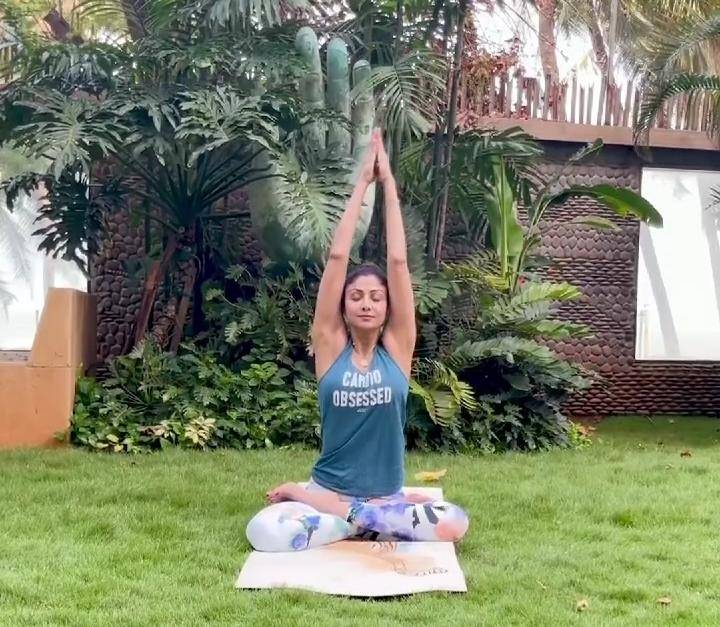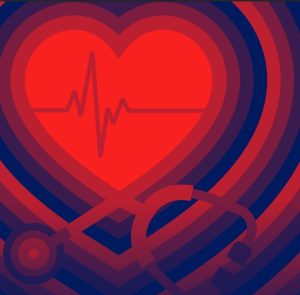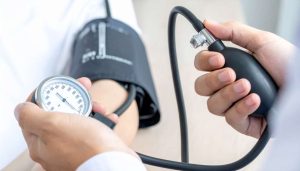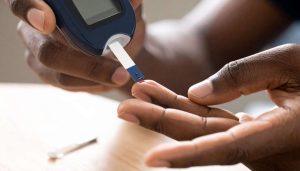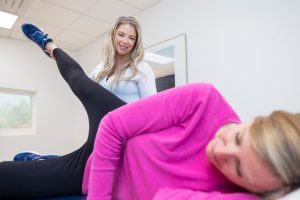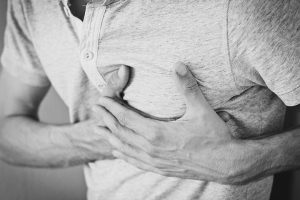Asanas like Shavasana, Navasana, Tolasana, Suryanamaskar, Chakrasana helps in strengthening the overall being of kids. It aims to develop both physical health as well as cognitive skills in children … writes Puja Gupta
According to a National Center for Complementary and Integrative Health survey, 1 in 12 children practice yoga. Over the years, yoga has become increasingly popular among Indian children. It helps in improving balance, strength, endurance, and aerobic capacity. It can also help to boost memory, self-esteem, academic performance, and classroom behaviour, thereby reducing anxiety and stress in children.
It should focus focus on 3F’s — Fitness for the body, Focus on the mind, and Fun for the soul.
Fitness for body
Asanas like Shavasana, Navasana, Tolasana, Suryanamaskar, Chakrasana helps in strengthening the overall being of kids. It aims to develop both physical health as well as cognitive skills in children. It opens the energy channels throughout the body, increasing flexibility of the spine, strengthening bones, and stimulating the circulatory and immune systems. Along with proper breathing, these poses or asanas also calm the mind and reduce stress.
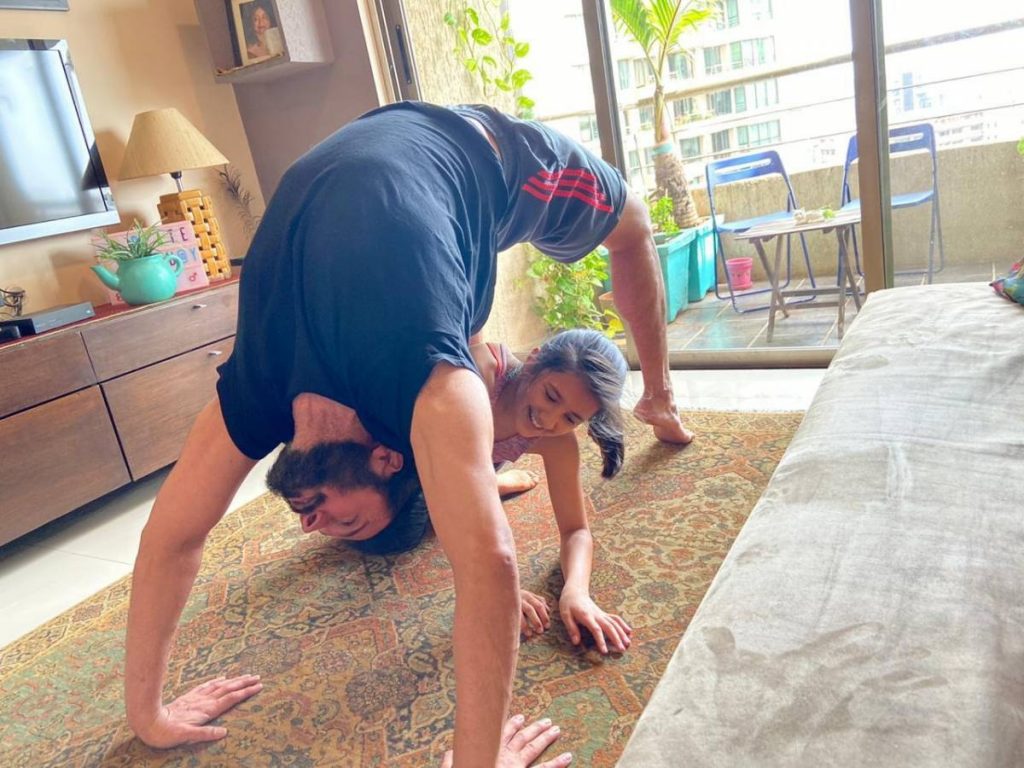
Focus on mind
Asanas like Pranayama, Padmasana, Sukhasana, and others, help a child to be aware of themselves and help them control their emotions. These act as a tool for calming and energizing the child to develop a state-of-relaxed mind, which is crucial for learning. It also develops social-emotional awareness, body awareness and coordination, and interpersonal skills.
Fun for soul
Children can adapt to all kinds of exercise and practicing yoga asana at an early age can lead them to having a healthy head start in life. In this fast-paced world, it helps to rejuvenate kids inside-out. The meditative pose helps to relax both our mind and body. It promotes spiritual awakening and awareness of higher consciousness. It is a perfect choice if you want a holistic approach to mind and body strength.
ADHD in Children
Yoga and breathing exercises have a positive effect on children with attention deficit hyperactivity disorder (ADHD).
The researchers, including Sergey Kiselev from the Ural Federal University, say that after special classes, children improve their attention, decrease hyperactivity, they do not get tired longer, they can engage in complex activities longer.
“Exercise has an immediate effect that appears immediately, but there is also a delayed effect. We found that exercise has a positive effect on regulation and control functions in children with ADHD and one year after the end of the exercise,” Kiselev said.
“This happens because the child’s correct breathing is automated, it becomes a kind of assistant that allows a better supply of oxygen to the brain, which, in turn, has a beneficial effect on the behaviour and psyche of a child with ADHD,” Kiselev added.
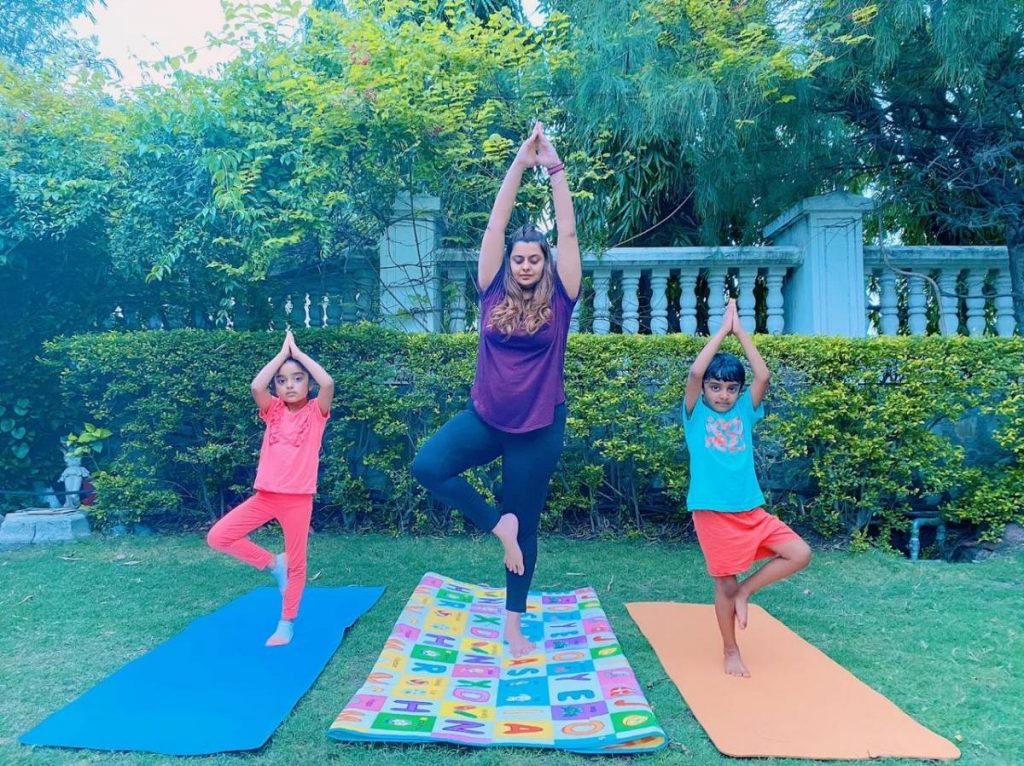
For the study, published in the journal Biological Psychiatry, the team studied the effect of exercise on functions associated with voluntary regulation and control in 16 children with ADHD aged six to seven years.
The team used a special breathing exercise based on the development of diaphragmatic rhythmic deep breathing — belly breathing.
According to the researcher, such breathing helps to better supply the brain with oxygen and helps the reticular formation to better cope with its role.
“For children with ADHD, as a rule, the part of the brain that is responsible for the regulation of brain activity — the reticular formation — is deficient,” the researcher said.
“This leads to the fact that they often experience states of inadequate hyperactivity, increased distraction and exhaustion, and their functions of regulation and control suffer a second time,”Kiselev added.
In addition to breathing exercises, psychologists used body-oriented techniques, in particular, exercises with polar states “tension-relaxation”.
ALSO READ: Kick out acidity with simple yoga poses
ALSO READ: Post-Covid healing yoga asanas

